Suppose it were proved that liquidity traps do not occur and that investment is not interest insensitive. Would this be enough to disprove the claim that expanisonary monetary policy is not always effective at changing Real GDP? Why or why not?
Suppose it were proved that liquidity traps do not occur and that investment is not interest insensitive. Would this be enough to disprove the claim that expanisonary monetary policy is not always effective at changing Real GDP? Why or why not?
Economics (MindTap Course List)
13th Edition
ISBN:9781337617383
Author:Roger A. Arnold
Publisher:Roger A. Arnold
Chapter15: Monetary Policy
Section: Chapter Questions
Problem 10QP
Related questions
Question
Suppose it were proved that liquidity traps do not occur and that investment is not interest insensitive. Would this be enough to disprove the claim that expanisonary
Expert Solution
This question has been solved!
Explore an expertly crafted, step-by-step solution for a thorough understanding of key concepts.
This is a popular solution!
Trending now
This is a popular solution!
Step by step
Solved in 5 steps with 3 images

Knowledge Booster
Learn more about
Need a deep-dive on the concept behind this application? Look no further. Learn more about this topic, economics and related others by exploring similar questions and additional content below.Recommended textbooks for you
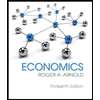
Economics (MindTap Course List)
Economics
ISBN:
9781337617383
Author:
Roger A. Arnold
Publisher:
Cengage Learning

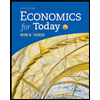

Economics (MindTap Course List)
Economics
ISBN:
9781337617383
Author:
Roger A. Arnold
Publisher:
Cengage Learning


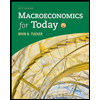
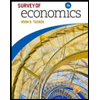
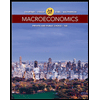
Macroeconomics: Private and Public Choice (MindTa…
Economics
ISBN:
9781305506756
Author:
James D. Gwartney, Richard L. Stroup, Russell S. Sobel, David A. Macpherson
Publisher:
Cengage Learning